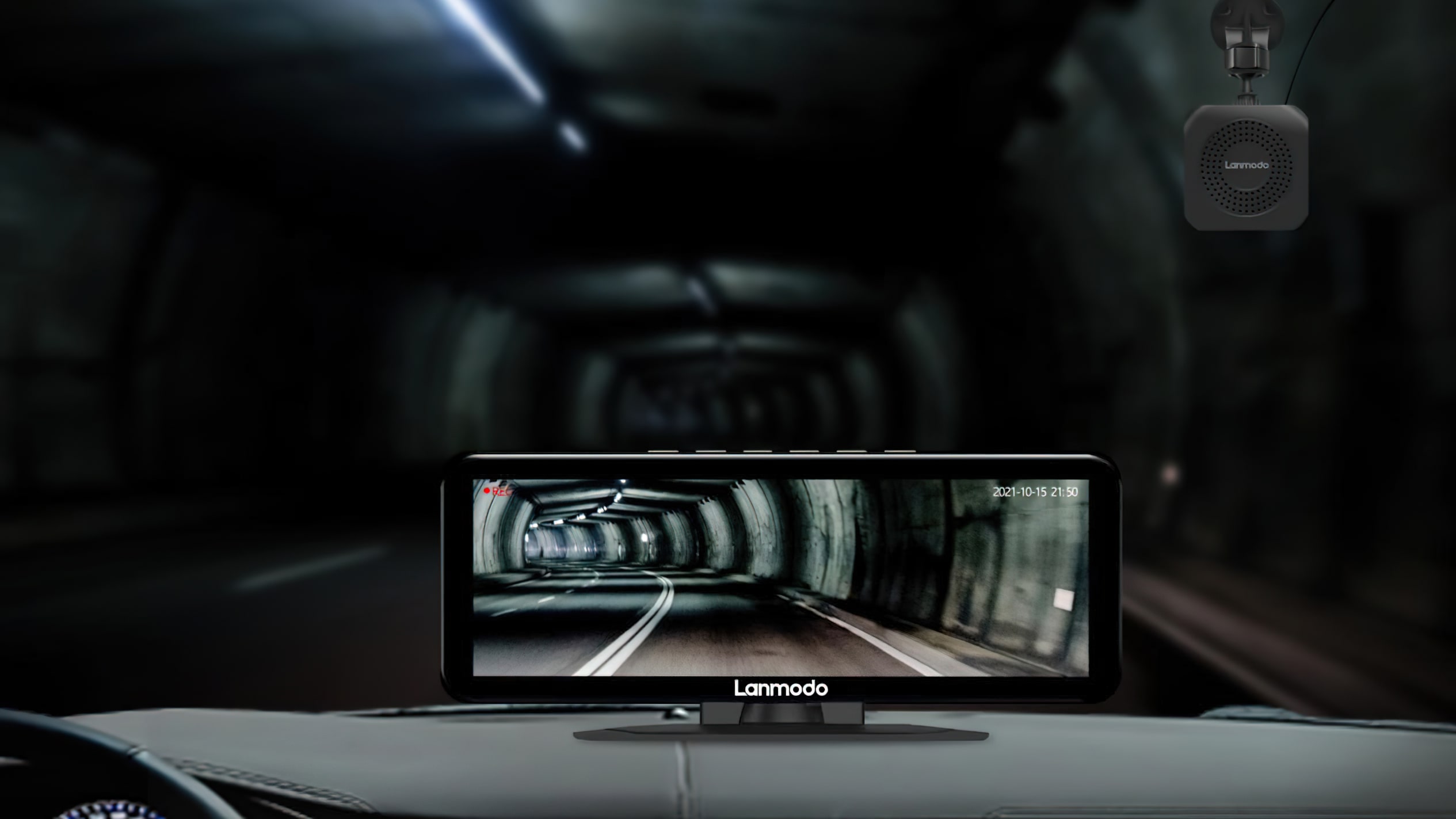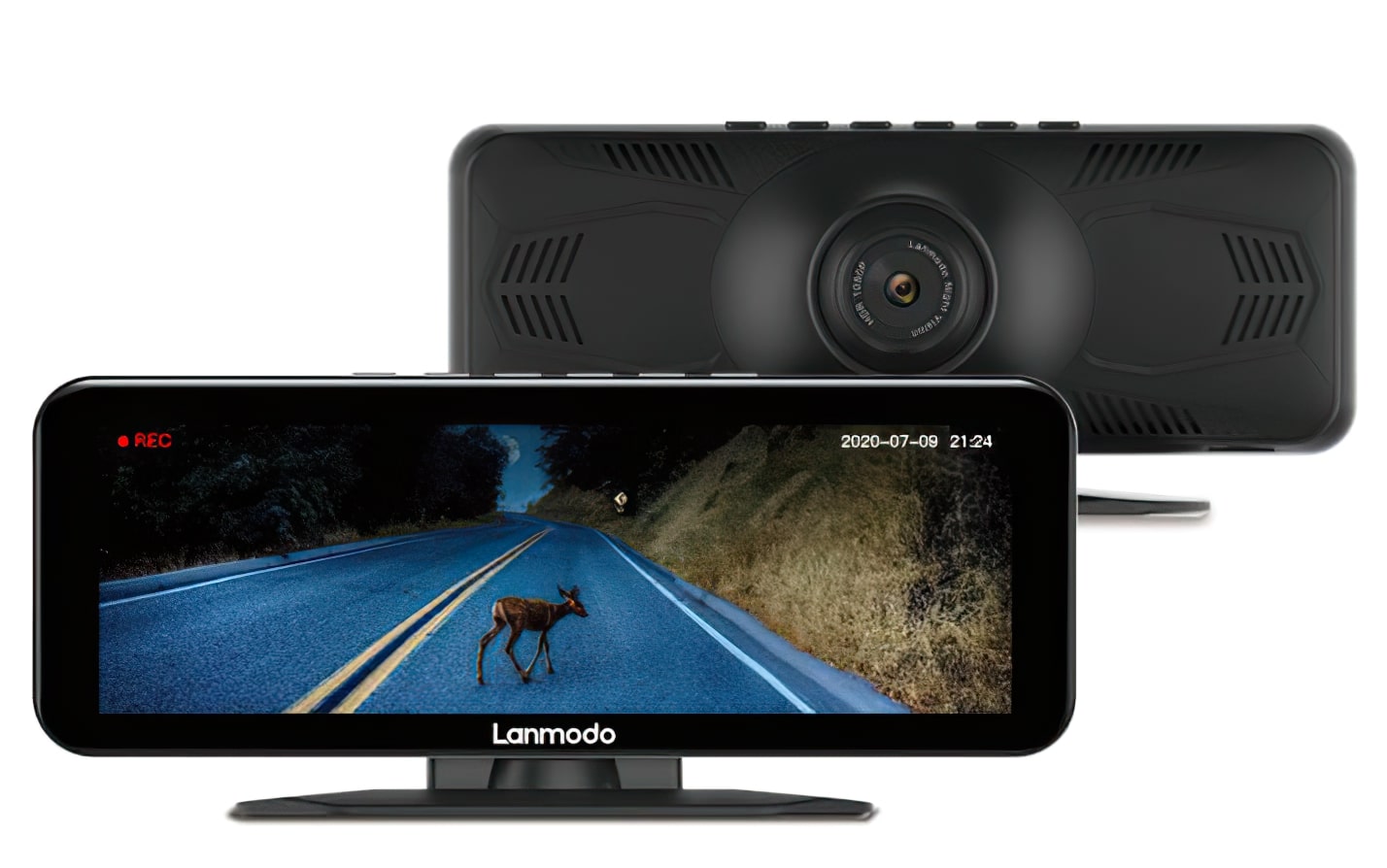
For causes I can not fathom and which are most likely misplaced to the bowels of their advertising division, Western Digital have determined their high-performance Black line of NVMe SSDs had been in want of a face raise for 2019, as a result of apparently gum stick-sized storage drives don’t look ‘gamer-y’ sufficient already. The results of their considerably baffling nip and tuck is the Black SN750, which I believe you’ll agree appears precisely the identical as final yr’s Black NVMe SSD albeit with a barely completely different sticker on the entrance.
Or a minimum of that’s true of the common model of the Black SN750, as there’s additionally going to be a particular heatsink version obtainable someday subsequent month. That one does look a bit extra upmarket and ‘gamer-y’, if such a factor is feasible, however that’s not the one I’ve been despatched for assessment. Instead, you’ll need to make do with wot I consider the conventional Black SN750 for now. Can it beat our best gaming SSD champion, the Samsung 970 Evo? Let’s have a look.
Available in 250GB, 500GB, 1TB and (at a barely later date) 2TB capacities, WD claims the Black SN750 is able to delivering blisteringly quick sequential speeds of as much as 3470MB/s learn and 3000MB/s write. The former isn’t actually a lot of an enchancment on final yr’s Black figures, which maxed out at 3400MB/s, however there’s a a lot greater acquire to be seen over within the writing division, which solely reached a excessive of 2800MB/s on the 1TB model.

This is the heatsink model, which does, for my part, look quite swish, however do we actually want SSDs with go-faster-gaming-stripes?
In fact, WD’s official velocity figures are slightly bit in all places for the Black SN750, so I’ve summarised them in a desk beneath. As you’ll be able to see, the highest 2TB capability is definitely slower than the 1TB mannequin I used to be despatched for assessment, however WD instructed me that’s as a result of they’ve used a barely completely different manufacturing course of for that individual capability – a denser 512Gbit die as a substitute of the standard 256Gbit die you’ll discover in the remainder of the household. Generally, the extra, decrease density dies you may have in any given SSD, the sooner it’s in a position to write and skim knowledge concurrently, which is a large simplification of how SSDs work however successfully explains why the 2TB model and its 512Gbit dies aren’t fairly as zippy because the 256Gbit 1TB mannequin.
| 250GB | 500B | 1TB | 2TB | |
|---|---|---|---|---|
| Sequential learn velocity | 3100MB/s | 3470MB/s | 3470MB/s | 3400MB/s |
| Sequential write velocity | 1600MB/s | 2600MB/s | 3000MB/s | 2900MB/s |
| Endurance ranking | 200TBW | 300TBW | 600TBW | 1200TBW |
| Price | $80 | $130 | $250 | $500 |
I imply, I doubt you’re actually going to note such a drop in observe, however given the state of my testing outcomes, I believe you’ll be hard-pushed to note any distinction in any respect in comparison with the WD Black from 2018.
WD didn’t say whether or not their figures had been based mostly on the heatsink or non-heatsinked model of the Black SN750, however I can solely assume they had been obtained on the previous as a result of the non-heatsink mannequin I examined produced just about precisely the identical outcomes as their previous Black NVMe SSD after I put it via my standard AS SSD and CrystalDiskMark assessments.
Without the good thing about the heatsink model’s built-in cooling know-how, the common Black SN750 completed AS SSD’s 1GB sequential check with a learn velocity of simply 2117MB/s and a write velocity of 2690MB/s after I examined it with my Intel Core i5-8600Ok, 16GB of Corsair Vengeance 2133MHz RAM and an Asus Prime Z370-P motherboard, each of that are only a handful of MBs both facet of the previous Black’s outcomes of 2176MB/s learn and 2680MB/s respectively. That means its learn velocity remains to be 28% slower than Samsung’s 970 Evo, whereas its write velocity is 12% faster.
- Does one look extra gamer-y to you than the opposite?
- Spot the distinction.
But everyone knows sequential speeds aren’t an excellent reflection of the sort of speeds you’ll get everyday, as sequential assessments act like an SSD reads and write every little thing in good straight traces. In actuality, they’re studying and writing bits all around the store, making random assessments a way more correct gauge of what you’ll see in on a regular basis use.
Here, the Black SN750 really carried out worse than its predecessor, studying AS SSD’s 1GB 4K random check at simply 44MB/s, and writing at 148MB/s. The previous Black, in the meantime, completed with 46MB/s and 155MB/s, placing the SN750 even additional behind the 970 Evo’s random learn and write speeds of 56MB/s and 170MB/s.
Admittedly, the SN750 does have a small trick up its sleeve that may assist elevate its learn velocity again as much as previous Black ranges, and really almost virtually match the 970 Evo’s writing efficiency. You’ll need to obtain WD’s SSD Dashboard software program to make the most of it, but it surely’s so simple as flicking the swap on its newly-added ‘Gaming Mode’ possibility. This disables the SSD’s low energy state for snappier efficiency, and after I examined the SN750 once more with this switched on, its random learn velocity rose to 45MB/s, whereas its write velocity was up at a way more spectacular, to not point out extra aggressive, 167MB/s.

WD’s revamped their SSD Dashboard for the Black SN750 as effectively, including in a brand new ‘gaming mode’ possibility to assist enhance efficiency.
That’s fairly first rate as this stuff go, however the 970 Evo remains to be king relating to heavier workloads as effectively. For this, I enlisted the assistance of CrystalDiskMark’s demanding random 4K 8-queue-8-thread check, which the Black SN750 completed in simply 1521MB/s learn and 1502MB/s write. That’s a full 25% slower than the 970 Evo’s scores, which simply scrape over into the area of 2000MB/s apiece.
Salvation might but be had in WD’s heatsink version of the Black SN750, after all – though I ought to be aware it will solely be obtainable in 500GB sizes upwards (sorry, 250GB hopefuls). It’s additionally value mentioning that your motherboard might have already got its personal NVMe heatsinks inbuilt, like these discovered on the Asus ROG Strix B360-F Gaming or MSI X470 Gaming M7 AC (mine didn’t), by which case you wouldn’t be capable to match one in anyway.
However, WD’s present US pricing for the non-heatsink version (UK pricing to be confirmed), it doesn’t look good. With the 250GB capability beginning at $80, the 500GB at $130 and the 1TB at $250, it’s dogged each step of the best way by the ever-so-slightly cheaper Samsung 970 Evo, which at time of writing goes for $78, $128 and $248 respectively. And there’s nonetheless final yr’s Black NVMe SSD to bear in mind as effectively, whose 500GB mannequin is even cheaper at $120.
The Black SN750 might effectively make extra sense if costs ever dip beneath the 970 Evo within the coming months, however for now, the 970 Evo remains to be the NVMe drive to beat in our best gaming SSD rankings.




